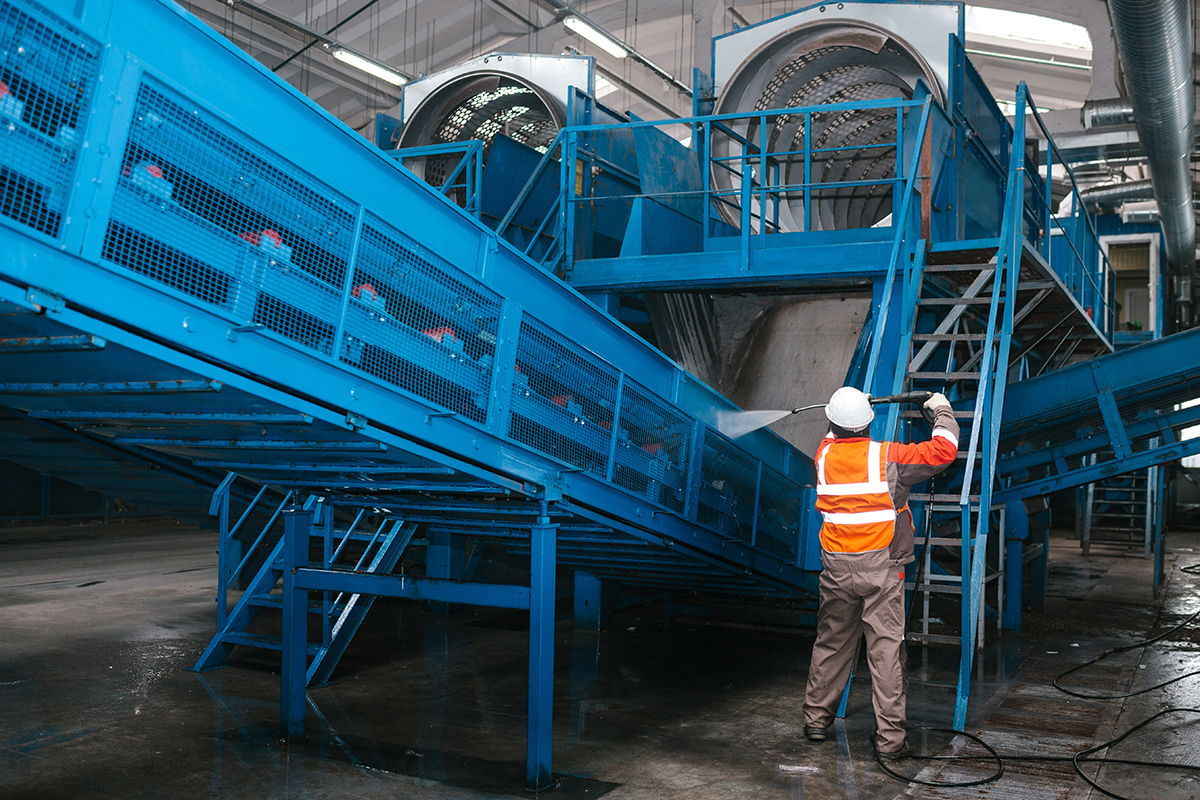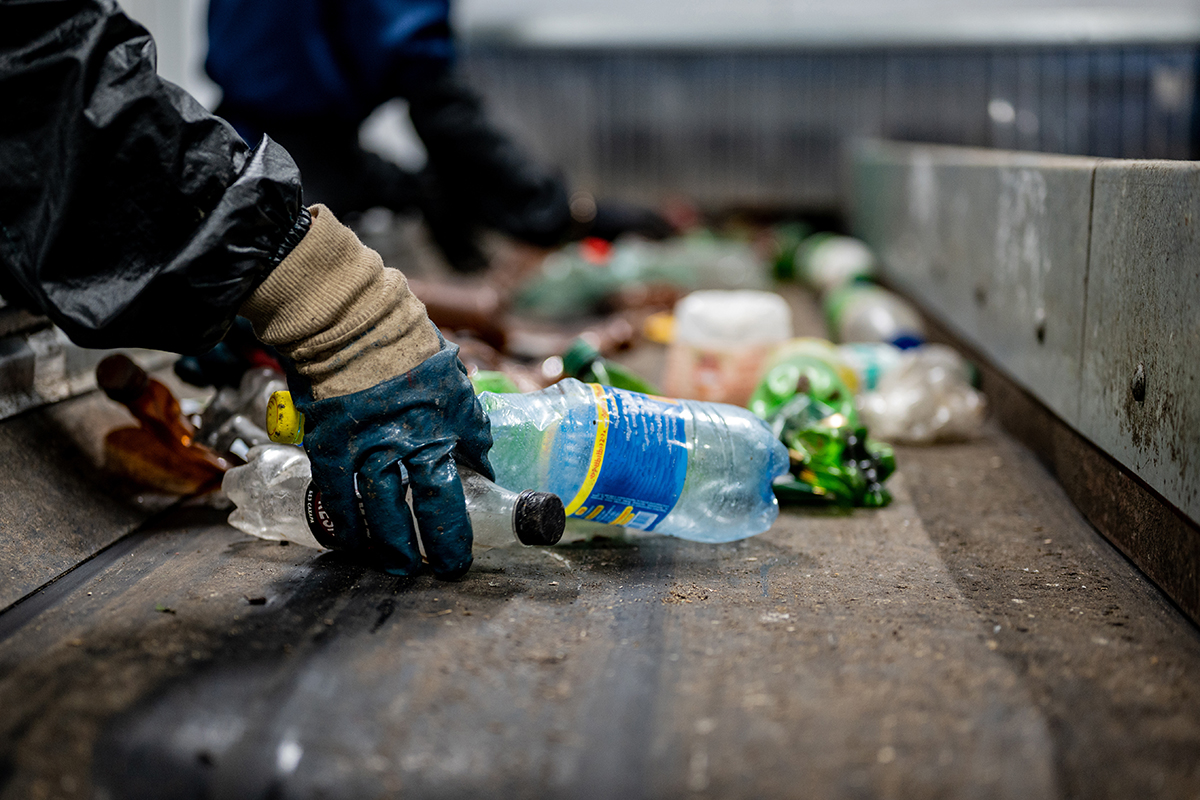As Extended Producer Responsibility (EPR) laws expand, there will be a growing need for transparency, performance-based metrics, and targeted education and funds to help support MRFs adapt. This guide aids MRF management personnel in identifying areas of improvement at their facility and optimizing operations to maximize recovery of material streams and strengthen financial outcomes.
The guide outlines proven approaches to material flow design, equipment configurations, maintenance routines, municipal contract updates, and staff training, among other areas. Developed through direct engagement with MRF operators – both public and private – as well as equipment manufacturers, the guide draws on site visits, real-world testing, and case studies to highlight what works.

1.
Metrics & Performance Optimization
Leverage data to drive smarter operations. Track downtime, throughput, labor costs, bale quality, and incoming materials to reduce waste and improve quality. Use compiled data to spot upgrade opportunities and standardize audits for continuous improvement.
2.
Equipment Maintenance & Spare Parts Management
Maximize uptime and system reliability. Implement preventive maintenance schedules, maintain critical spare part inventories, and verify equipment status daily to reduce unexpected downtime.
3.
Facility Management & Staff Organization
Build a safe, efficient workforce. Strengthen safety training, create cross-functional roles, and incentivize staff to enhance productivity and retention while ensuring clean, well-organized facilities.
4.
Industry Relations
Strengthen collaboration to drive efficiency. Develop networks with suppliers, haulers, municipalities, and communities. Foster problem-solving and information sharing to support compliance and future contracts.



.svg)


